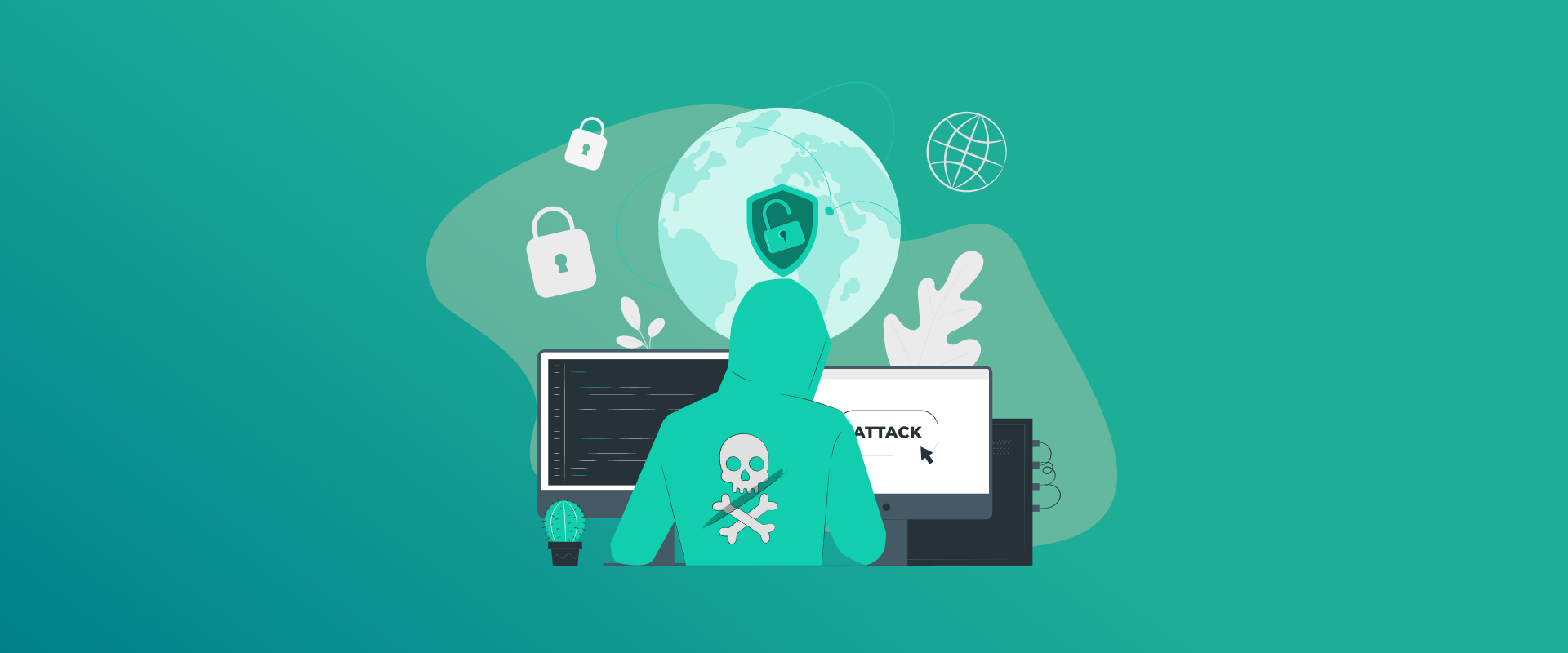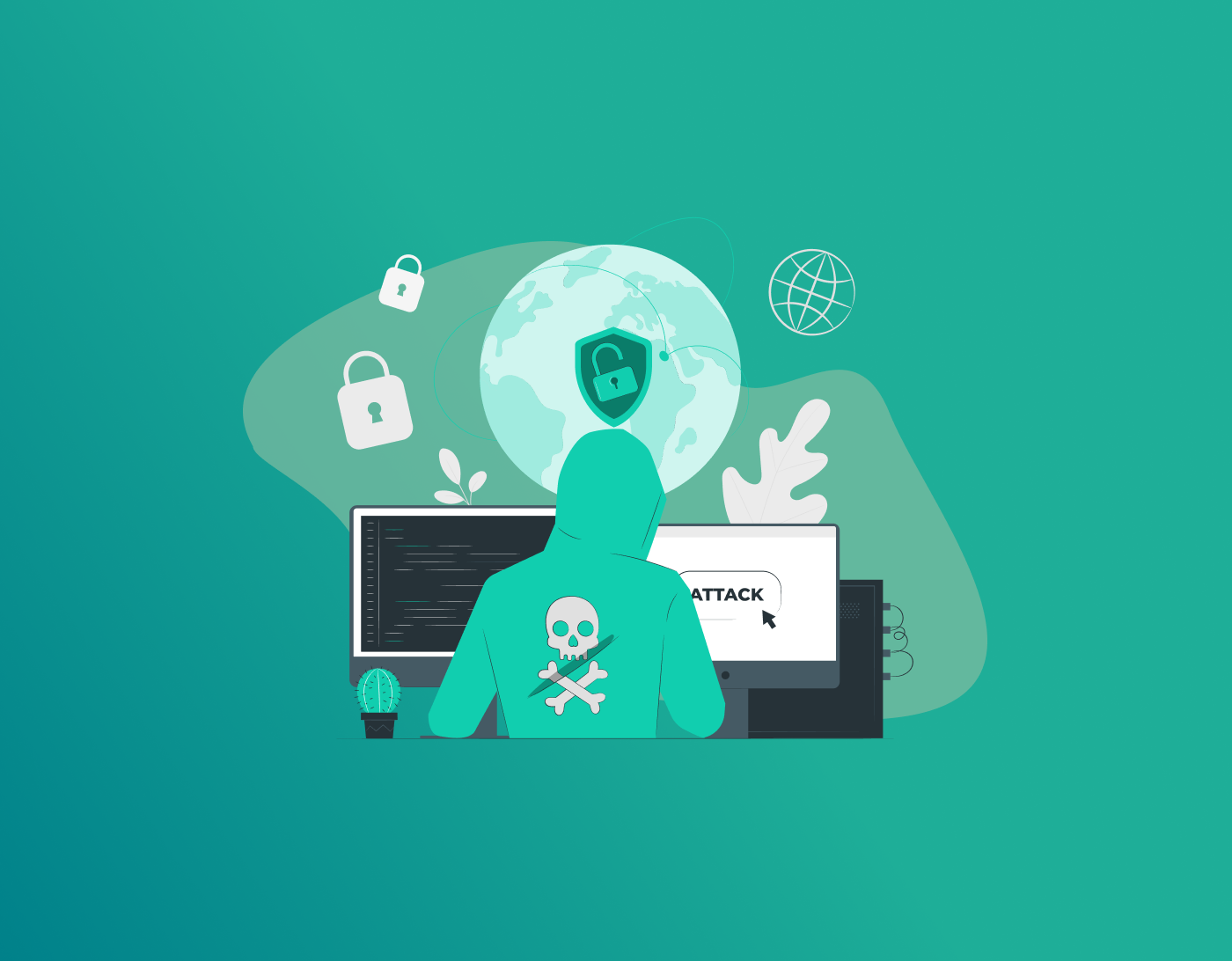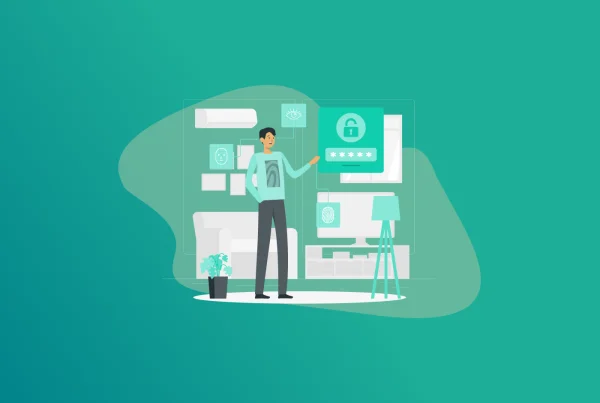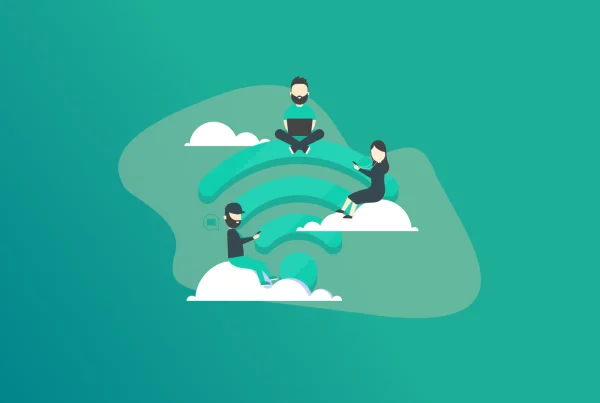
Cybercrime refers to crimes that involve a computer or a networked device via which malicious actors engage in any illegal activity. There are various types and examples of cybercrimes. However, all are preventable if you take the mitigation steps.
Before that, it’s important to understand what is cybercrime, the types of cyber crime, its examples and how to prevent it. This guide covers a brief definition, the common types, causes of cyber crime, its examples, and prevention steps.
Note: We recommend generating strong passwords using the FastestPass password generator. For all-rounder password management, FastestPass is an affordable, premium password management solution that ensures you never become the next cybercrime victim.
What Is the Definition of a Cyber Crime?
Cybercrime refers to any illegal activity involving a computer, network, or networked device. These are committed by cybercriminals, or hackers who plan to steal or exploit data for monetary gains or other malicious purposes. Hackers can target anyone, for example, individuals, businesses, or governments. The primary motive is to steal sensitive information, mostly financial data.
To better understand what is cybercrime, here’s an example of a cybercrime situation:
“You get an email that pretends to be from a bank and asks you for account information verification due to suspicious activity. The email consists of the bank’s logo and a link that makes it look legit. Since it looks trusted, you might click the link and enter all your credential such as your card details.”
Later, you might notice money transfers from your account, making unauthorized online purchases, and the opening of new credit lines in your name.
Types of Cyber Crime
There were 1.9 million unique threats reported by users in 2023, and cybercrime costs $9.22 trillion globally. While cybercrimes are widely popular, there’s no standard type of it. Whether you’re blackmailed online for ransomware or find unauthorized transactions from your account, it’s counted as a cybercrime.
Cybercrimes have evolved, and advanced with time. To understand what is cybercrime better, here are the common types of it that you must know about when surfing the web:
- Hacking: Unauthorized access to computer or networks to steal, alter or destroy data.
- Phishing: Fraud emails that trick people into sharing sensitive information.
- Identity Theft: Stealing sensitive information to impersonate someone.
- Malware Attacks: Using malicious software to steal information.
- Cyberstalking and Harassment: Stalking, threatening, or harassing someone online.
- Data Breaches: Unauthorized access to sensitive data from businesses or organizations.
- Denial of Service (DoS/DDoS) Attacks: Overloading a website to make it unavailable to users.
- Financial Fraud Online: Stealing money or financial information.
- Cyberterrorism: Attacking the digital infrastructure to cause fear or disrupting national security.
- Illegal Gambling: Accessing gambling sites online when they are illegal in the region.
- Cyberextortion: Demanding money to resolve a scam or avoid an upcoming attack.
- Cryptojacking: Hackers mining crypto via the resources of other people.
What Are Examples of Cybercrime?
Cybercrimes range from financial data theft to nation-state sabotage–there are various types of it. And, all types of cybercrimes only lead to achieving the primary motive of monetary gains or access to sensitive data.
Cyber attack methods often include social engineering, malware, phishing, and ransomware. And, no one is immune from them. Whether you’re an individual, a business owner or a government official, anyone can become a victim of cybercrime. Here are different examples of cybercrime and the top cases:
1. Financial Cyber Crimes
There are various examples of financial cybercrimes, like the 2016 Bangladesh Bank Heist. Cybercriminals hacked the SWIFT banking system and stole $81 million via fraudulent transfers.
2. Phishing and Social Engineering Attack
Taking a recent example, the Twitter Bitcoin scam is among the top examples of phishing and social engineering attacks. In 2020, hackers took over high-profile Twitter accounts such as Elon Musk and posted fake Bitcoin giveaway scams. As a result, there was a total damage of $120,000+.
3. Cyber Espionage and State-Sponsored Hacking
In 2020, Russian cybercriminals (Cozy Bear) breached U.S. government agencies via a compiled software update. The attack was directed at the Treasury and Homeland Security.
4. Dark Web and Illegal Marketplaces
In 2011-2013, there was a Silk Road attack where the founder, Ross Ulbricht sold drugs, weapons and hacking tools on the dark web. The FBI later found Ross and sentenced him to life. Following that, in 2020, 500,000 Zoom passwords were sold on the dark web during the COVID-19 pandemic.
5. Ransomware Attacks
There have been numerous ransomware attacks, and the 2021 Colonial Pipeline hacking is among the most notable. A ransomware group (DarkSide) shut down a major U.S. fuel pipeline, leading to gas shortages and a $4.4 million ransom payment.
6. AI-Powered Cybercrimes
This is an emerging threat and various people have already become victims of this. For example, Deepfake is among the most popular AI-powered scams. In 2020, a CEO’s voice was deepfaked to authorize a $243,000 fraud transfer.
7. Cyber Warfare
The Stuxnet Worm attack took place in 2010. The worm targeted the Iranian nuclear facilities. It damaged the uranium enrichment centrifuges. It was then widely believed that it was a state-sponsored attack.
8. Data Misuse/Privacy Breach
There was a Facebook-Cambridge Analytica scandal in 2018 where the data of millions of Facebook users was fetched without consent. It was later used for political advertising and sparked a global debate over privacy and data protection.
How to Prevent Cybercrimes: The Mitigation Steps
Despite cybercrimes being on the rise, you can always prevent them. And, using a strong password is the key to preventing cybercrimes. However, creating strong passwords and remembering them can be a hassle.
To make password management simpler, we recommend using FastestPass. It creates, stores, fills, and manages all your passwords while you sit back and relax. Furthermore, you can take additional steps to prevent cyber crimes. Here’s a list of steps that we recommend taking:
1. Enable Multi-Factor Authentication (MFA)
You can usually enable the MFA or 2FA for your email accounts, such as Gmail. However, some other online services might also ofter MFA for improved security. It improves the security by asking for a second verification step, such as a SMS code when you attempt to log in.
2. Update Device Software
You might get a notification from Settings to update your Operating System (OS). If not, check for any new updates in Settings > Software Updates. New updates often include security patches and updates that protect you from advanced cyber threats. Updating the OS helps you avail of the recent updates by the developers. Moreover, ensure that your device applications are also updated to prevent cyber threats.
3. Use an Antivirus Software
Using an antivirus software helps sweep out any malware or virus-y file that you might have installed. It’s best to run regular antivirus scans to ensure you’re always one step ahead of black hats.
4. Backup Your Data Regularly
Backing up your data regularly will help you recover it in case of a breach or if it is lost. For example, if you’re using an iPhone, your data backup will be stored on iCloud. The same is true for Android; your Google account data can be backed up on Drive or any other third-party software that you choose.
5. Use Secure Websites
Always look for the security certificate of websites you access. Meaning, only use sites that feature an HTTPS, along with a padlock. These sites are safe to access, and your data won’t be compromised on them. Moreover, we advise against downloading apps or files from unverified sources.
6. Secure Your Network
VPNs significantly help secure your network. When you connect to a VPN, all your data is rerouted through an encrypted tunnel, and your virtual IP address changes according to the server you connect to. We recommend using FastestVPN for its premium features, military-grade AES 256-bit encryption, and its extensive server list.
7. Use Strong Passwords
Your birth date can’t protect your accounts. You need a strong password for it. However, password management can be complex, this is where a password manager, like FastestPass comes in. Or, you can use the free FastestPass password generator and create strong passwords for your accounts.
FAQs – What is Cybercrime
There are various types of cyber crimes. Hacking, phishing, identity theft, malware Attacks, and data breaches are the five common types of cyber crimes.
Cybercrime is any illegal activity that involves a computer, network, or networked device. These are committed by cybercriminals, or hackers who plan to steal or exploit data for monetary gains or other malicious purposes.
Financial gain, lack of cybersecurity awareness, weak passwords, poor network security and software vulnerabilities are the most common causes of cyber crimes.
Cybercrime refers to illegal activities conducted online. There are various types of cybercrimes, such as hacking, identity theft, phishing and others. These crimes target data, mostly for monetary gains.
Final Note
Weak passwords might do more damage than you think. With cyber crimes on rise, strong passwords are the first step to preventing cyber crimes. If you can’t generate one, use the FastestPass password generator to create strong passwords. Meanwhile, connecting to FastestVPN when browsing the web can reduce the risk of becoming a victim of cybercrime.
[fastestpass_cta]








